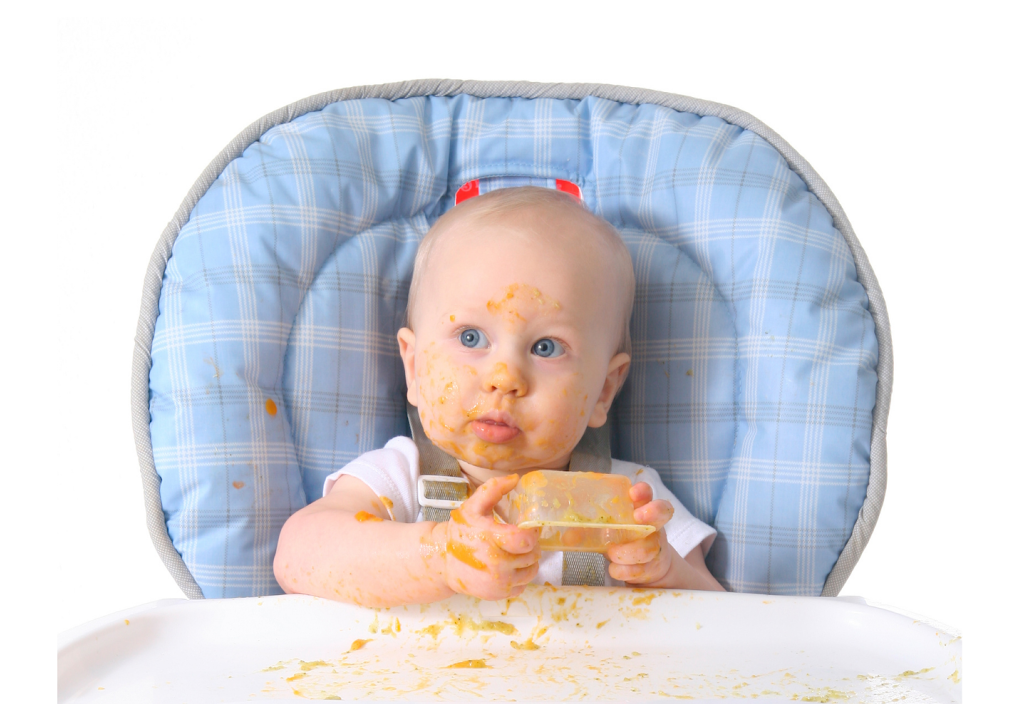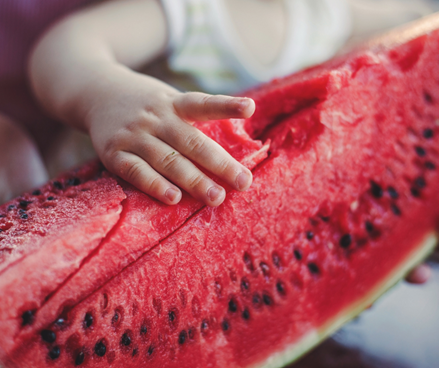How life can change in an instant and how you can minimise the risk

[Source: Pixabay]
Whether it is sand, toys, other peoples fingers, dirt or random things that they find on the floor, toddlers love to put anything they find into their mouths. For them, this is the way that they explore all of the new and exciting (and yes, sometimes disgusting) things in their environment.
While you may find that this leaves your household items covered in drool, there is a bigger hazard to be aware of – items that they could choke on.
Every parent, grandparent or caregiver has spent time assessing whether items are a choking hazard for their little ones. Anything smaller than a 20 cent coin can pose a choking hazard for a child – when you think about objects in your home, that includes items such as coins, pen lids, button batteries, jewellery, marbles and other small toys or parts off of toys.
A common item involved in toddler choking incidents is something that they have every day – food.
SADLY, CHOKING ON FOOD HAS CAUSED TRAGEDY FOR MANY FAMILIES
A 22 month old toddler was left paralysed after choking on a piece of apple. His brain was deprived of oxygen and he now requires round the clock care.
2 year Sadie died when she choked on a piece of sausage during lunch at childcare.
2 year old Austin was munching on sugar snap peas when one became lodged in his throat. After breaking into a coughing fit he lost consciousness and devastatingly couldn’t be revived.
To help you keep your little ones safe, we’ve put together some practical tips and advice so you know what foods to look out for and some simple preparation techniques you can use to help reduce the risk.
COMMON FOODS THAT POSE A CHOKING HAZARD
Data from the Victorian Injury Surveillance Unit (VISU) shows that the top foods involved in choking incidents for children aged 0-5 years in 2019/20 were apples, carrots, watermelon, biscuits/crackers and lollies.
It may be surprising to read that watermelon is on the list, but with many small seeds, and if not cut up small enough, this can pose a risk to little ones keen to get as much in their mouths as possible.
Other common foods which can pose a choking hazard include popcorn, corn chips, whole grapes, nuts, dried fruit, raw fruit and vegetables, pieces of meat, marshmallows and sausages.

[Source: Pixabay]
WHAT YOU CAN DO TO REDUCE THE RISK – TIPS FOR SAFE MEAL TIMES
There are some simple things you can do when preparing food to help reduce the risk of choking – the good news is that you don’t have to be a masterchef, or have any of the fancy equipment (hibachi grills or sous vide machines not required!), to be able to do it.
- Your baby should sit up while eating, and be supervised at all times
- Keep food pieces small. Until your child can chew well, give them food in pieces smaller than a pea
- Boil or steam vegetables and fruits first to ensure they are soft for little mouths. Grating or mashing these foods is also a great way to prepare them.
- Avoid food that is round – cut the food into shapes that make swallowing easier such as length ways
- Cut sausages, frankfurts and other meats with coarse outer skins into small pieces and remove the skin
- Cut meat and poultry into tiny pieces or mince them
- Only put a small amount of food out at one time
- Avoid popcorn, nuts, whole grapes, hard lollies, corn chips or other similar foods
DID YOU KNOW THAT CHOKING CAN OCCUR IF THE AIRWAY IS PARTIALLY OR FULLY BLOCKED?
Look out for the following symptoms of choking:
- Panicked and distressed behaviour
- Inability to talk in complete sentences or at full volume
- Frantic coughing
- Unusual breathing sounds, such as wheezing or whistling
- Clutching at the throat
- Watery eyes
- Blue lips or face
A person with a partially blocked airway can still breathe, speak or cough so it’s important to be aware if any signs or symptoms occur.
AND REMEMBER…
First aid and CPR training is highly recommended – hopefully they are skills that you never have to use, but undertaking a course and regularly updating your skills helps to ensure you are ready to assist in the event of an emergency.
We love this video from St John Ambulance with some crucial steps to follow in the case of an emergency.

